TEACHING METHODS
COGNITIVE DEVELOPMENT SPORTS PROGRAMTeaching methods
We use attention directing tools which assist problem-solving through a creative and indirect approach in order to integrate focus and awareness into the decision-making process.
We use humor. Humor indicates, better than any other mental behavior, the nature of the information that gives rise to meaning.
Action - Reflection - Learning?
ARL – is the method through which the participant develop the capacity to reflect on action so as to engage in a process of continuous learning.
We believe that ARL facilitates the integration of consciousness
With the integration of consciousness, we build the skills to stabilise and direct attention so that we can harness the power of awareness to create choice and change
Guided Discovery
Guided discovery encourages children natural curiosity and inquisitiveness. Carefully constructed questions push students to go beyond facts towards the discovery of principles in solving problems.
Perhaps most importantly, children are at the center of the process. Every aspect of Guided Discovery encourages children to offer ideas, act on them and share the results of their work with others, which stimulates everyone’s thinking about future possibilities, alternatives and options.
Movement analysis
We use video to gather information on participant techniques during training, competitions and events. After the video is being played back to the participant/s in order to analyse the data and information.
This method has great benefits as it allows children to:
- Analyse their body movements;
- Identify strong and weak spots;
- Observe behaviour & attitude;
- Create their own feedback;
- Train attention to details;
- Practice gratitude and recognition.
Lateral thinking
This method focuses on 6 different perspectives in order to create the holistic understanding but most importantly it teaches children creativity, helps the develop solutions and avoid confusion.
The six directions of thinking as structured by Eduard DeBono (the creator of lateral thinking) are:
- Data / information & facts;
- Benefits;
- Risks / Dangers;
- Emotions / Assumptions & believes;
- Creativity & purposeful thinking;
- Conclusions & planning.
What do we teach during our sports classes?
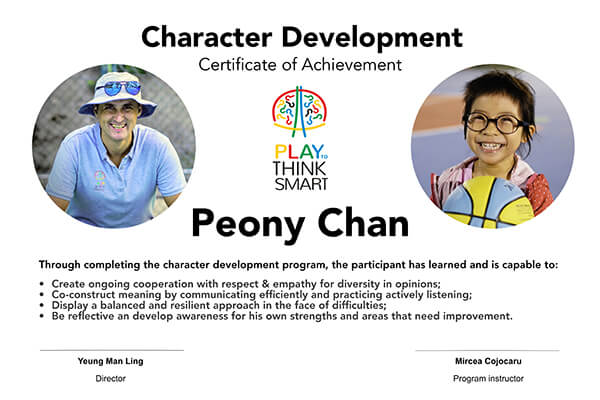
White belt certificate
Attention directing tools
Introduction
You are introduced to the thinking tools and techniques which have proven to increase abilities in areas such as creativity, problem solving and critical thinking. As you move through the course you will encounter material and assessments that are designed to cement these concepts into your mind. This first module consists of the following 8 lessons.
1. PMI - Plus, Minus & Intersting
Analysis of Plus, Minus and Interesting points. This is a powerful tool for considering new ideas.
2. Objectives
The examination of Objectives is used to clarify thinking and set up the steps to follow
3. Steps to follow
Knowing the steps to follow improves concentration and progress
4. Consider all Factors
This involves a structured process to the Consideration of All Factors. It is often used when considering situations prior to developing ideas.
5. OPV - Other People's Views
Almost any thinking activity involves other people, the OPV tries to get the thinker inside the heads of those involved.
6. FIP - First Important Priorities
The FIP provides a deliberate instruction to you (or to others) to focus directly on priorities (in general or at a particular moment).
7. APC - Alternatives. Possibilities and Choices
The APC lesson involves looking for the Alternatives, Possibilities or Choices (whichever is appropriate) in that situation.
8. C&S - Consequence and Sequel
This is a scan of time for your brain. Helping you focus upon the consequences that might arise from a decision, course of action or change of any sort over time periods.
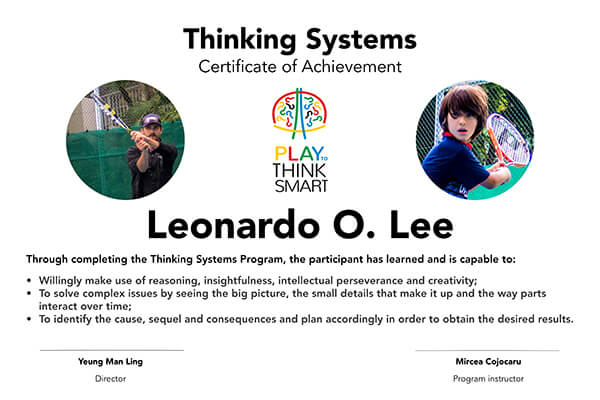
Orange belt certificate
Resolving practical thinking situations
Introduction
Building on the tools learned in the previous module the participant explores the different types of thinking situations that exist and how you should proactively react to them. By understanding the type of problems you face you can learn the thinking skills to develop better solutions.
1. Plan and action
Thinking is involved not only in arriving at a decision but also in carrying it out. Planning is usually an essential part of getting something done.
2. Decision and evaluation
Judging the value of an option. Is this worth doing? Making decisions and making choices.
3. Problem-solving and design
Finding solutions to problems, and designing solutions to problems. In a sense any design task is also a problem-solving task.
4. Coping and organising
Coping with confusion and mess. Creating order out of chaos. Organising different elements so that the whole works – a common enough real life situation
5. Negotiation and conflict
Two party situations often have each side trying to get what they want. This lesson will help you turn arguments and conflict into win-win outcomes.
6. Communication and persuasion
The transfer of information. The transfer of perceptions. Clarity of communication. Opening up perceptions in persuasion.
7. Exploration and dialog
Making a map of the situation. Getting as much information as possible. Dialog with the purpose of exploring a situation.
8. Opportunity and initiative
Much of our thinking is reactive: we are forced to think about something. In this Section we look at initiatives: we set out to think about something because we want to.
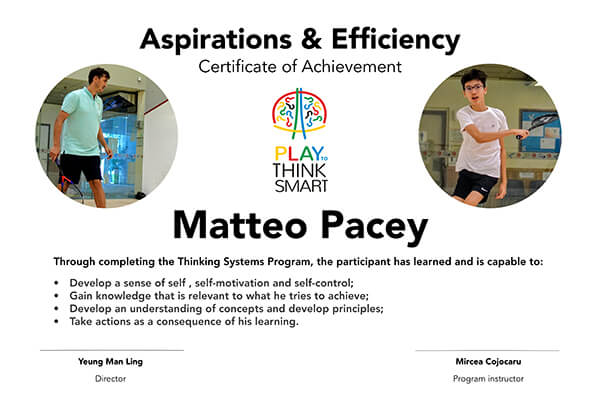
Green belt certificate
Creative thinking
Introduction
You will focus on creativity. Learning to think outside the box is important when you need to problem solve. You should be able to recognise situations that need some extra creativity and brainstorm in an effective focused manner that delivers results. The Creativity consists of the following 6 lessons.
1. The need for purposeful thinking
Realising the need to improve the quality of our thinking. Application of thinking to different areas.
2. Basic level creativity
The cure for arrogance and the deliberate search for alternatives: concepts and explorations. The mechanics of new routes.
3. Escape
Escape from your train of thought... learn to take a different road.
4. Stepping stone
Learn to look for the way forward a step at a time. Every creative journey starts with a step.
5. The treatment of ideas
Constraints, shaping, using and harvesting ideas.
6. Focus
How to define the creative thrust. The creation of idea sensitive areas for the generation of creative thinking.
Testimonials

Leo (11 y.o) was a bright and curious child with a lot of potential, however he lacked focus, confidence and was prone to emotional outbursts.
After 3+ years of attending PTTS, Leo has developed self confidence, found a sport he loves, he is now able focus well, strategize and work hard despite challenges and has evolved in to a happy and balanced kid. As Parents, we have learned more about coaching kids through positive support and constructive inquiries.
Ms M. Lee, Leo’s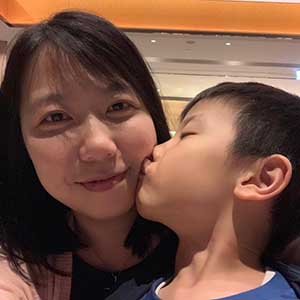
Before joining Ptts basketball programme Clement (6 yr) was a passive boy who did not like taking risks. He didn’t want to try new things due to the lack of confidence. He was quite stubborn and liked to do things in his own way.
After 2+ years of attending PTTS, Through fun physical activity and games, he has learned important building blocks to becoming a better person, how to face failure & recover from mistakes, Cooperate with teammates & show respect, and lastly to forgive others and show empathy. As a parent, I have learned a great deal from PTTS in dealing with Clement.
Sandra, Clement’s mom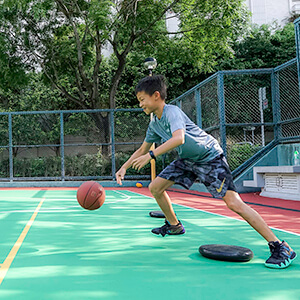
Max (8y.o.) was always shy and slightly timid. According to feedback from both teachers and coaches, this projected in both class and sports which potentially could impact his development.
After attending PTTS for 2 years, He has not only rediscovered his love for basketball and other organised sports... But just as important, found a confidence in class to communicate his ideas and thoughts more confidently, which has positively impacted his progress according to Teacher reports.
Amy & Brandon, Max’s parents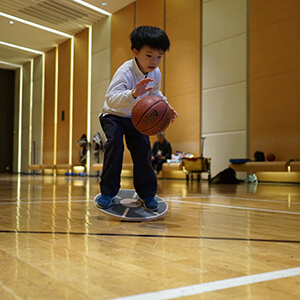
Caleb (6 y.o.) is very intelligent and a quick and highly motivated learner, but he was always very impatient and sometimes could not control his emotions.
After attending PTTS for 2 years, Caleb has developed much better control through seeing things from more perspectives and learning techniques of calming himself down. He is also building teamwork skills through really enjoying him in his basketball lessons!
Karen Lee, Caleb’s mother